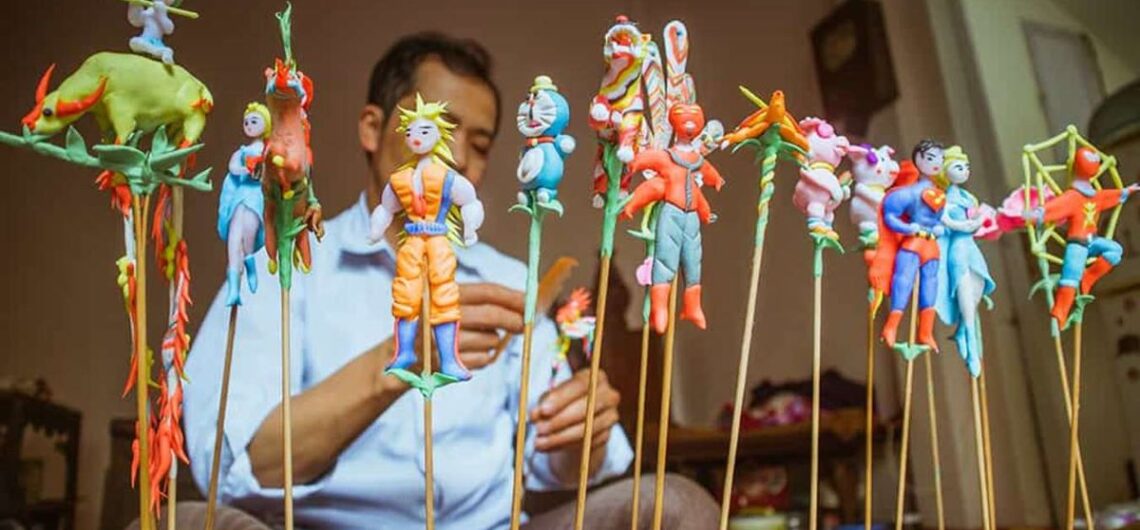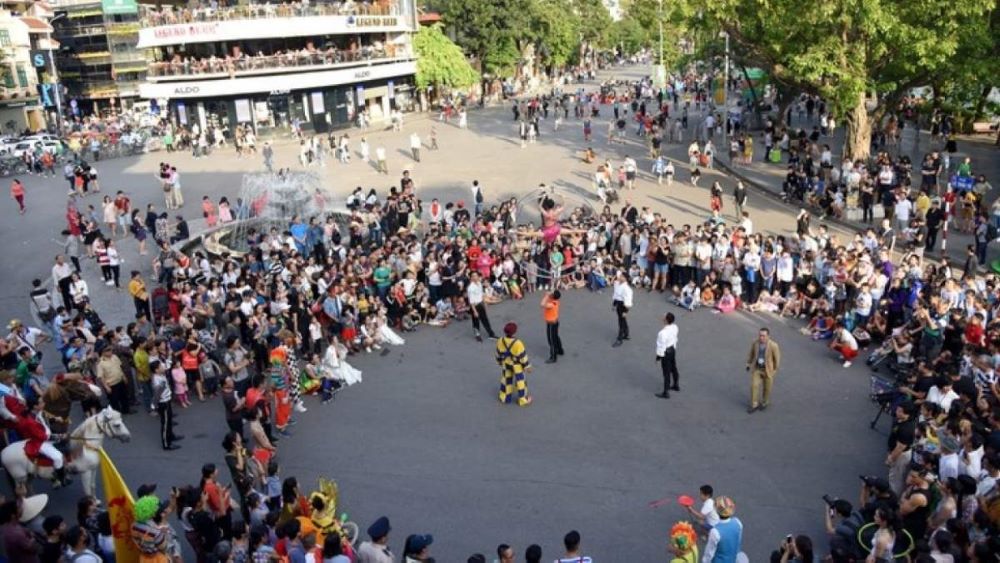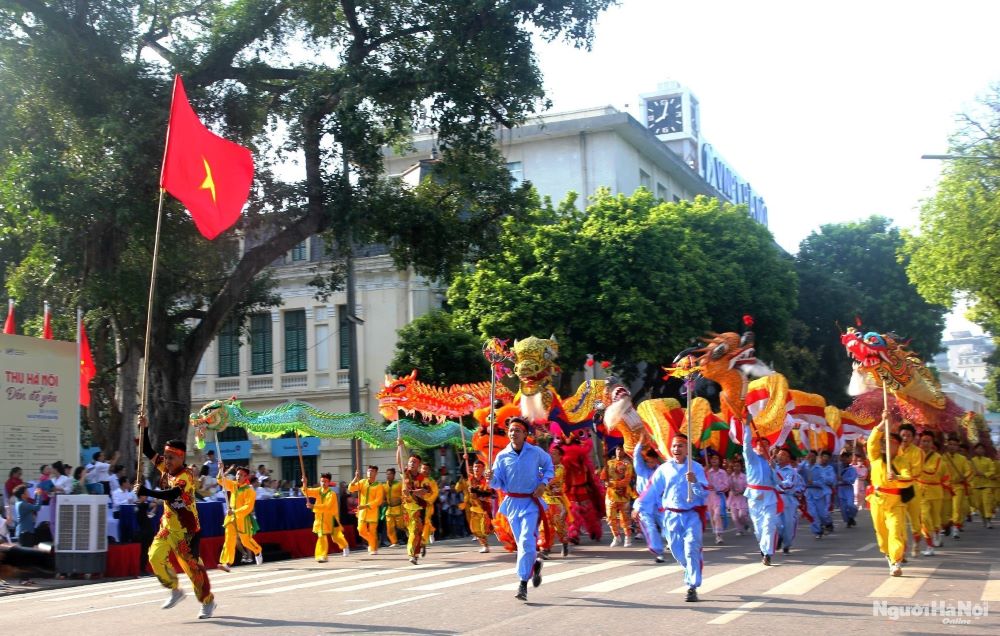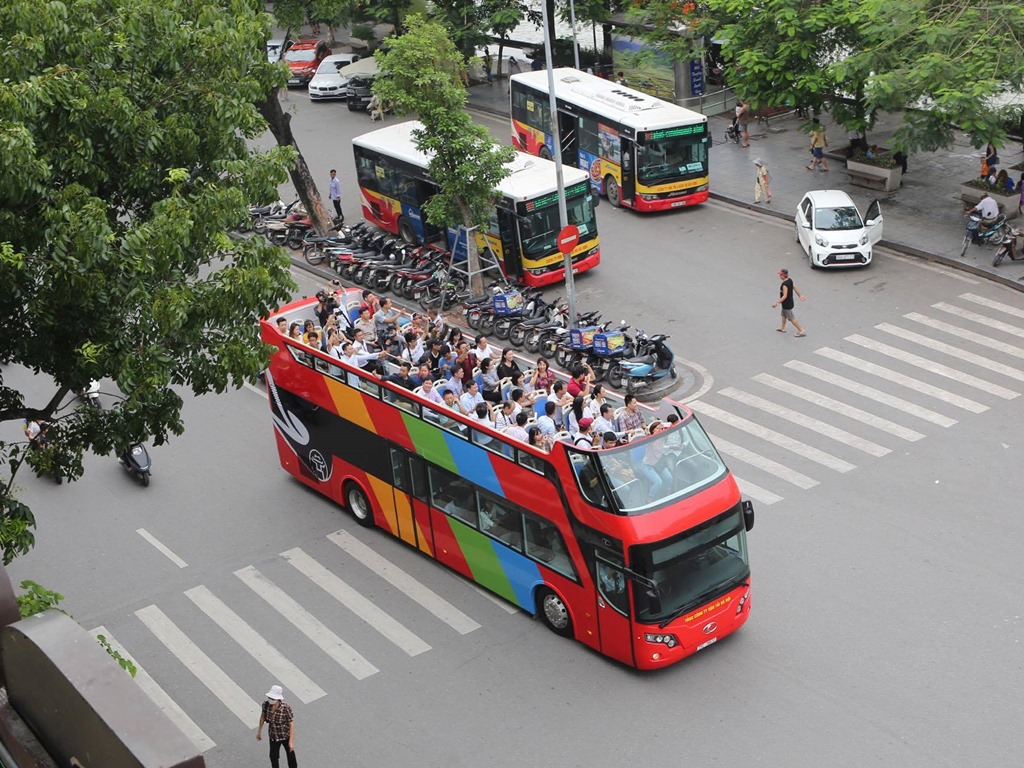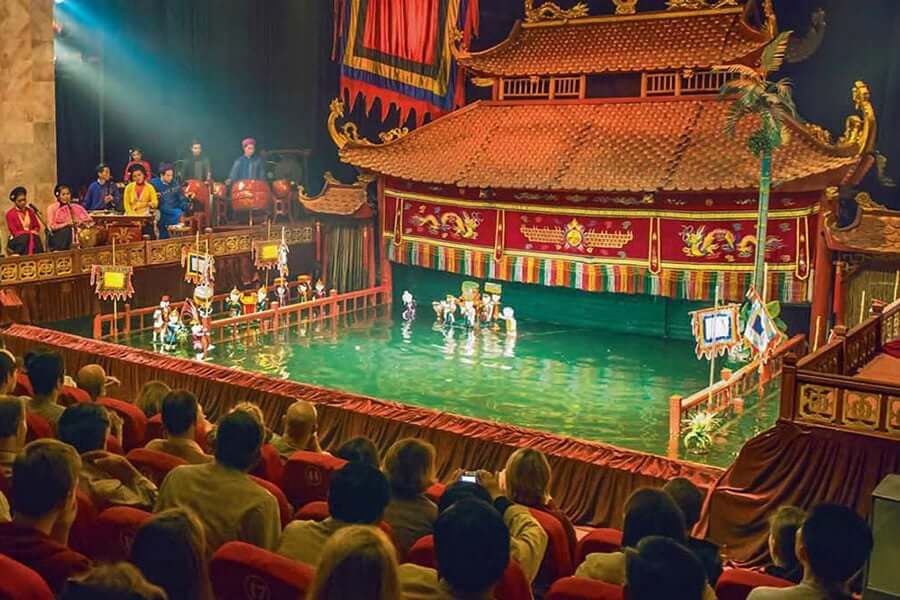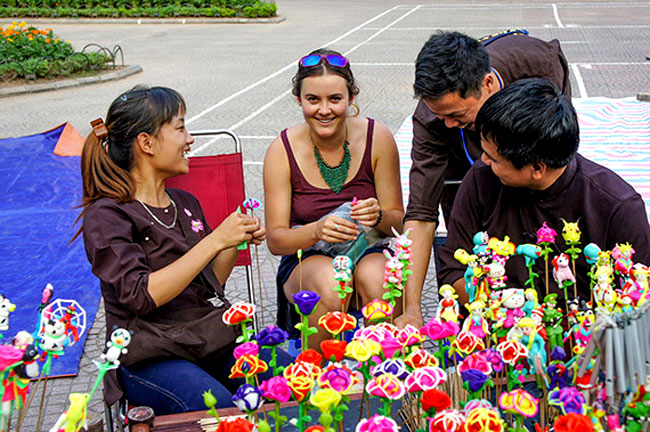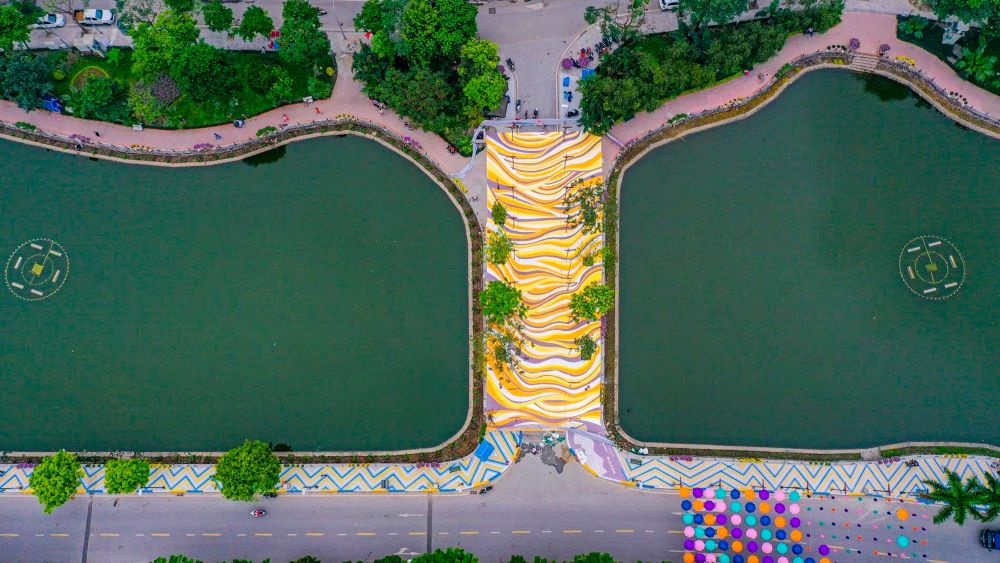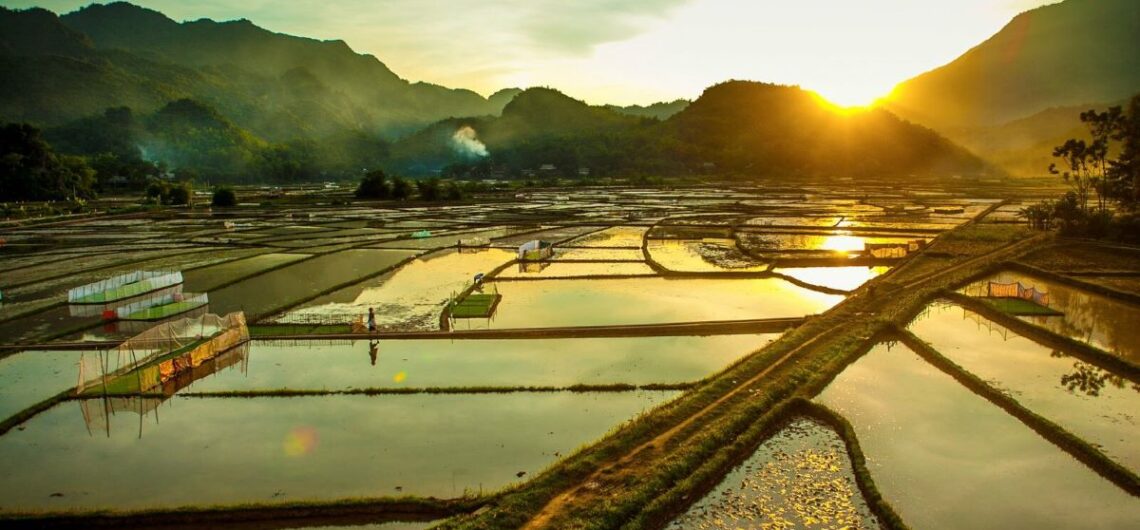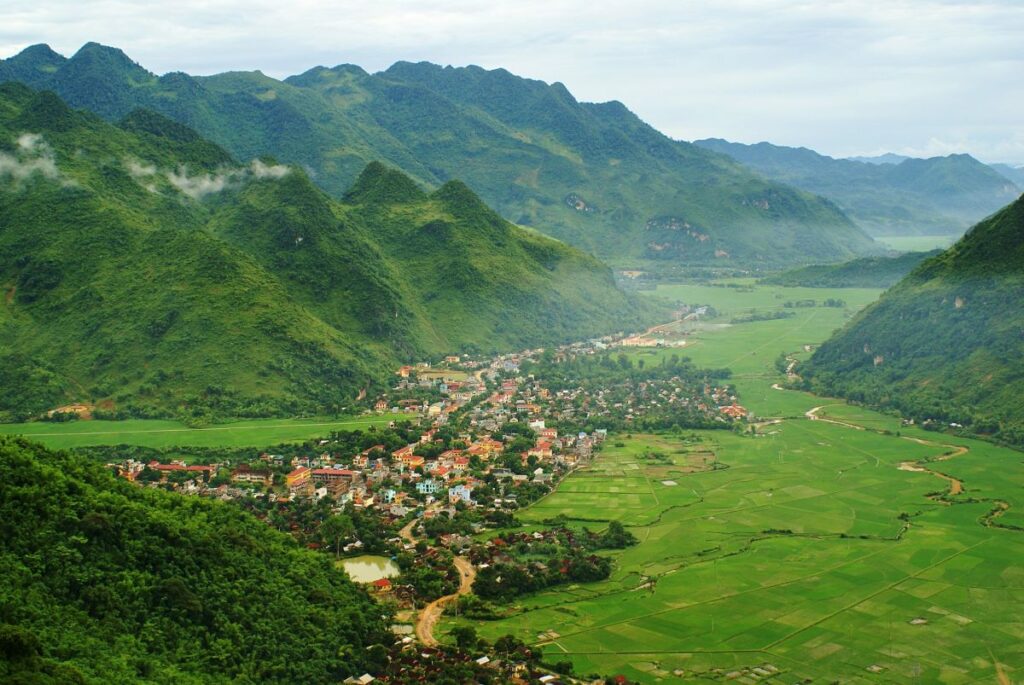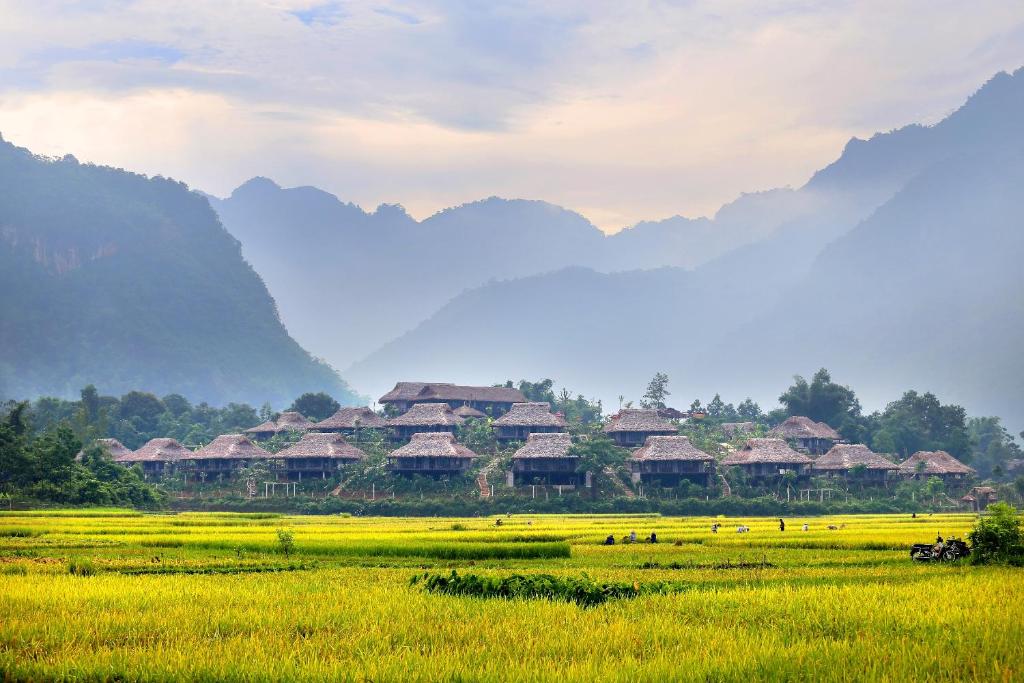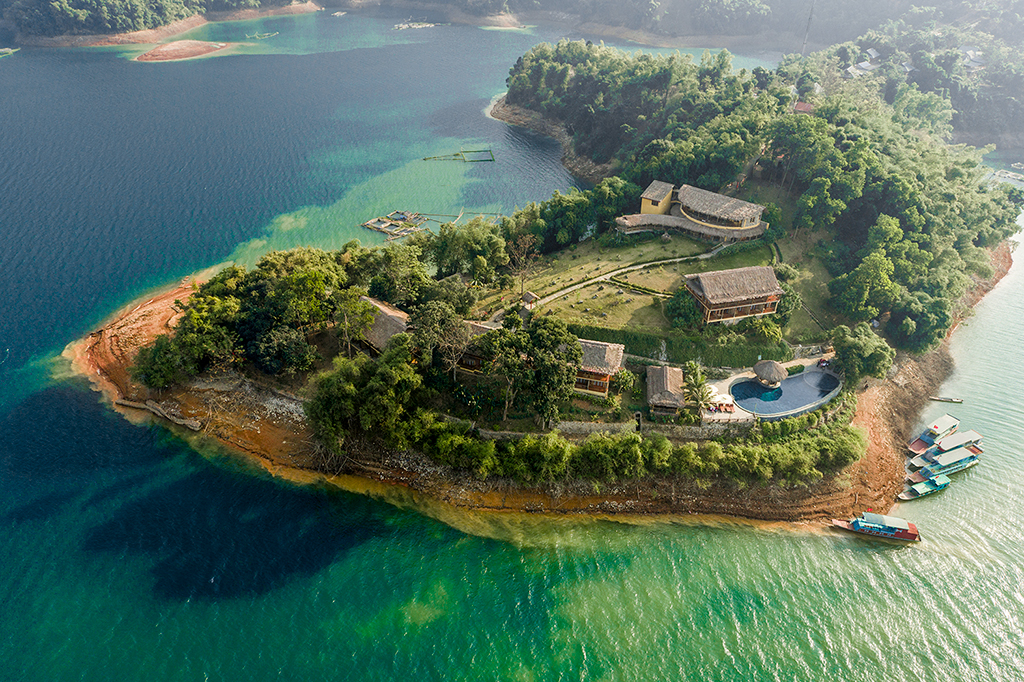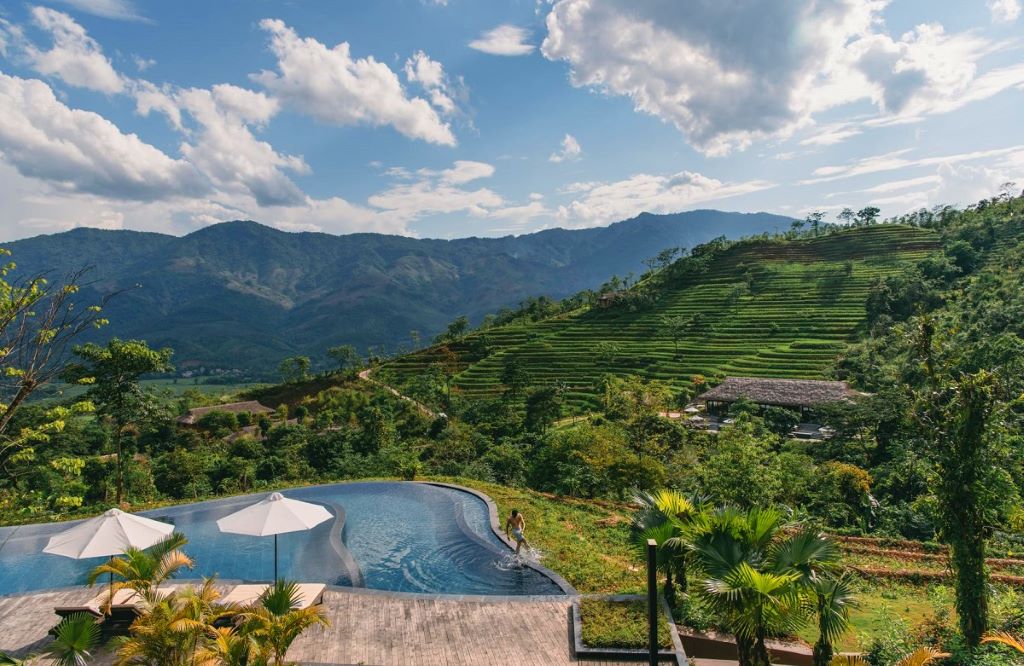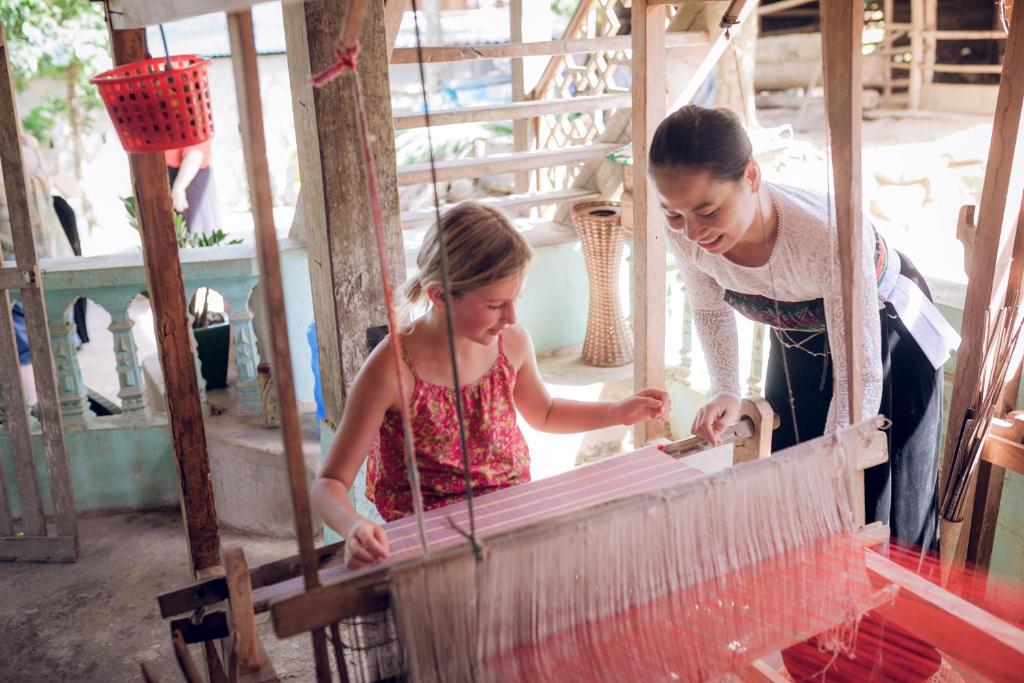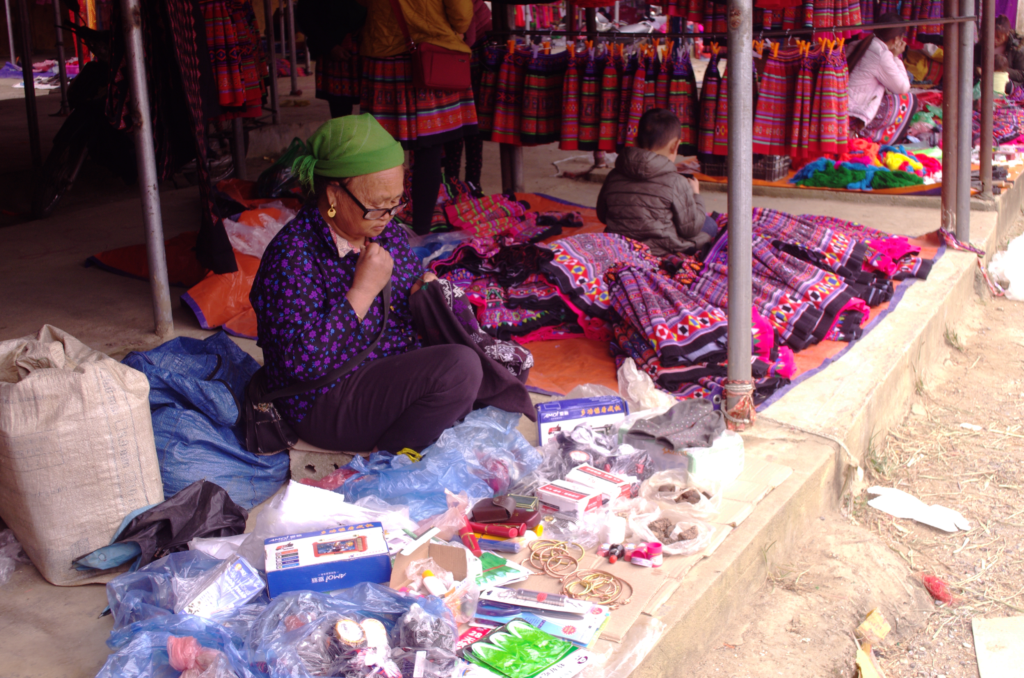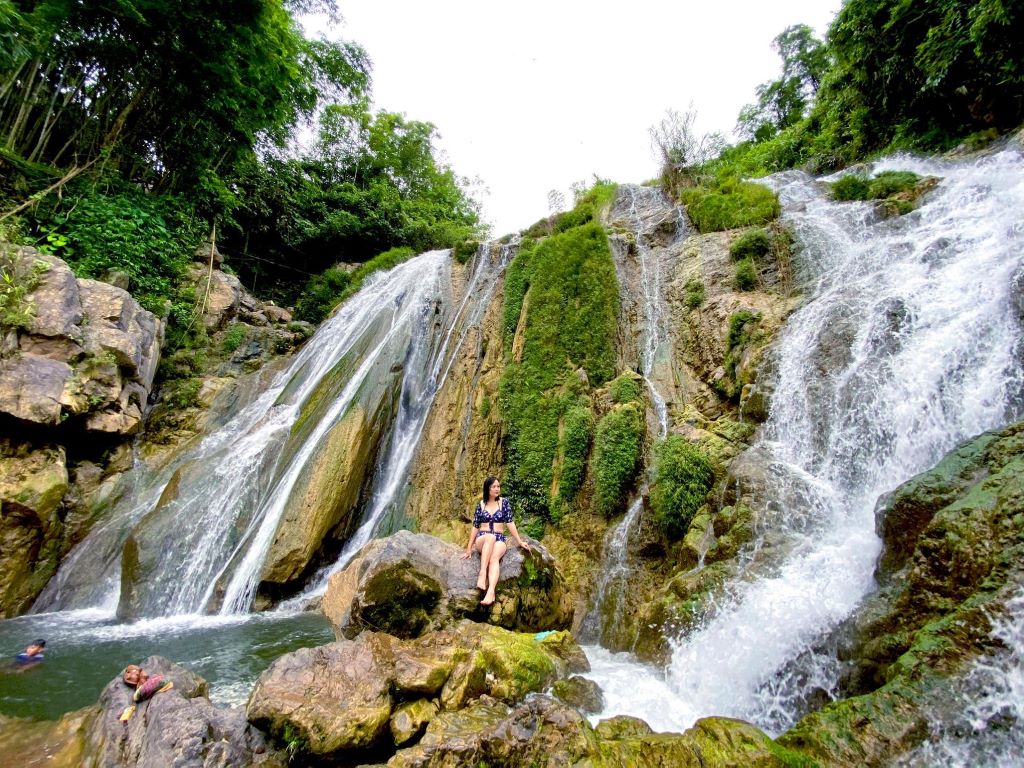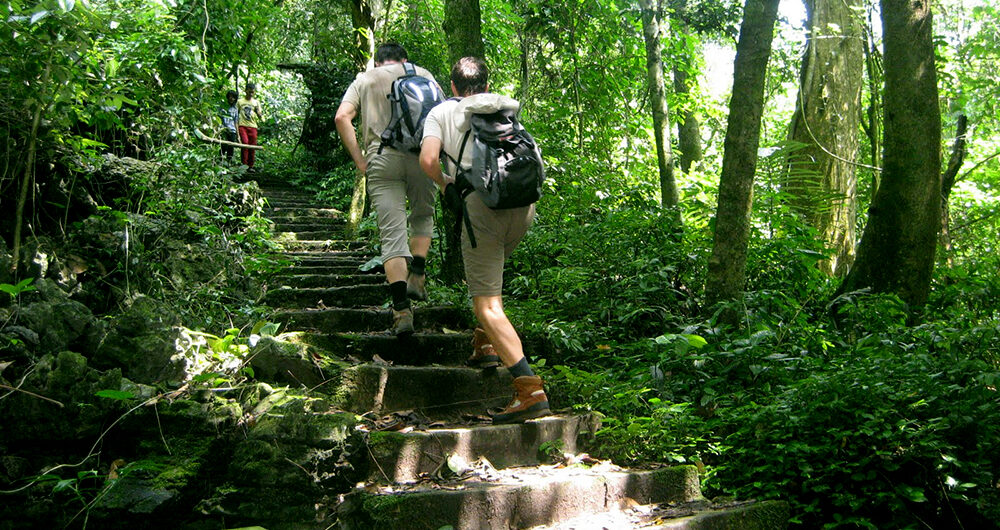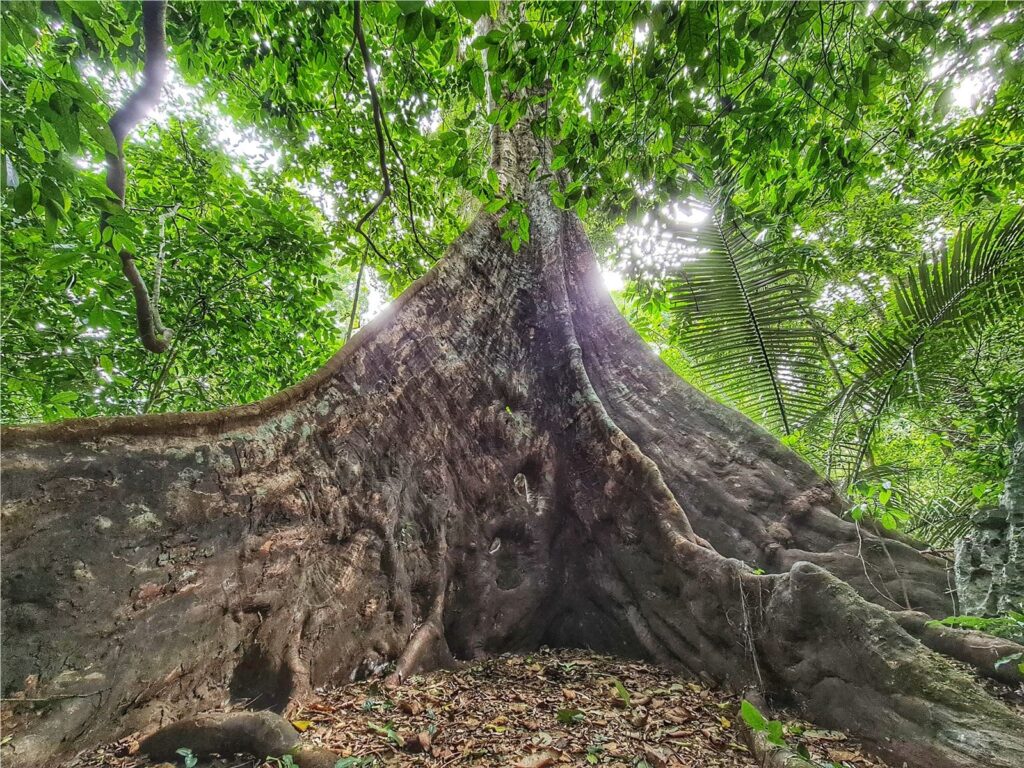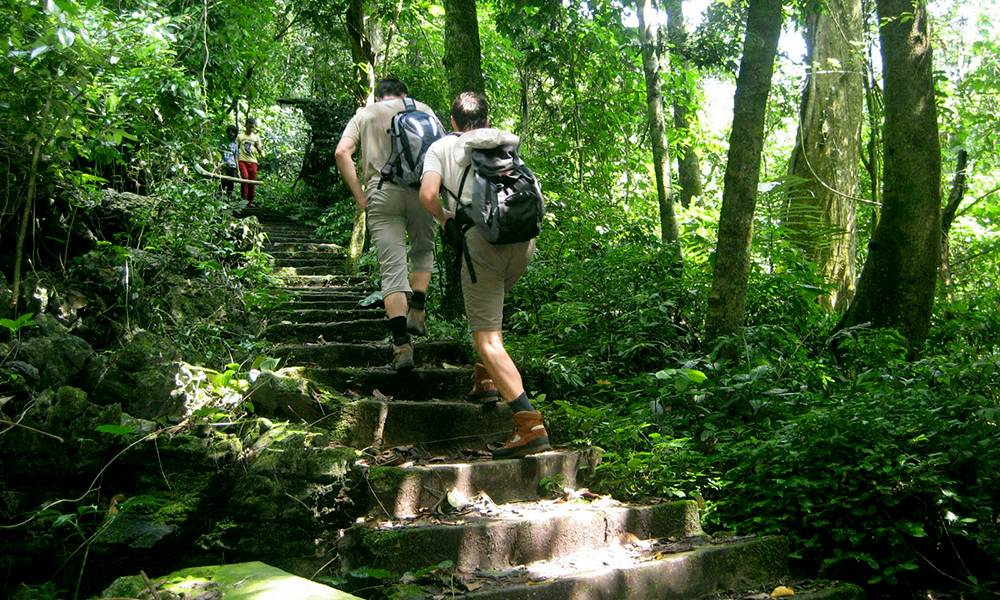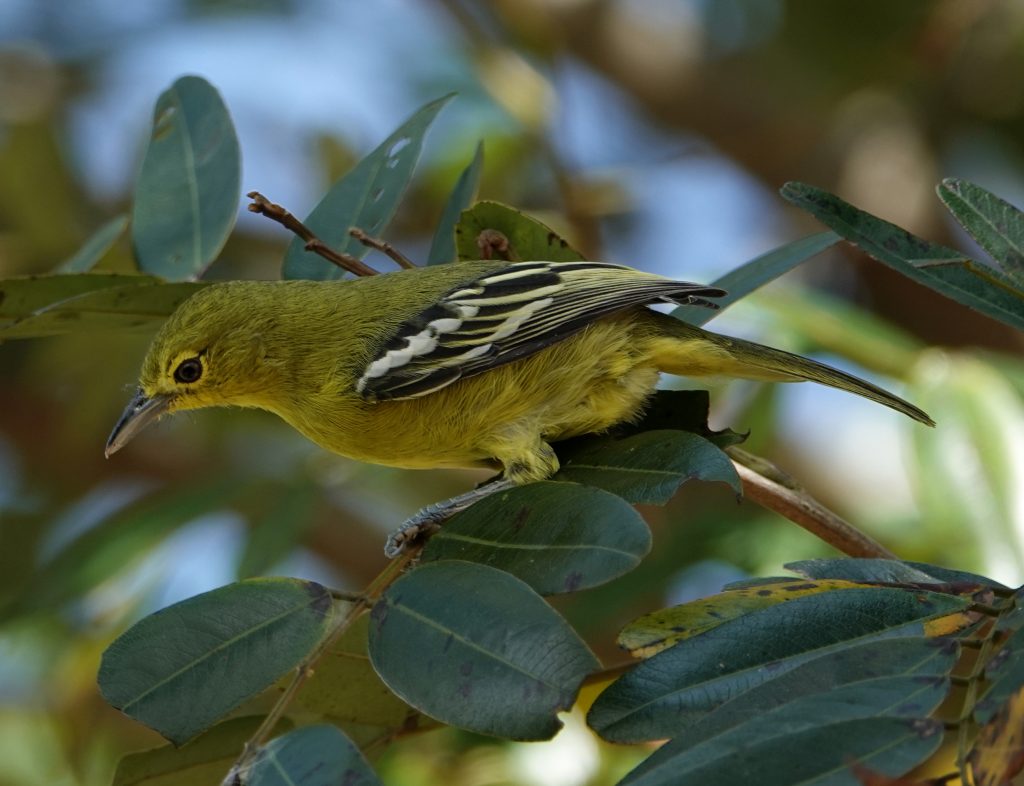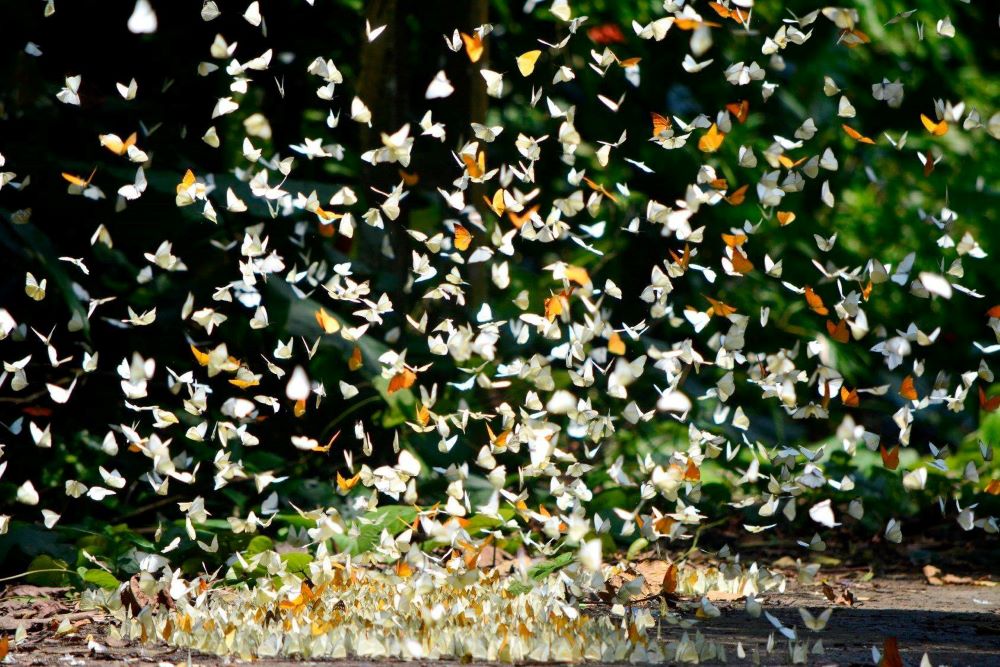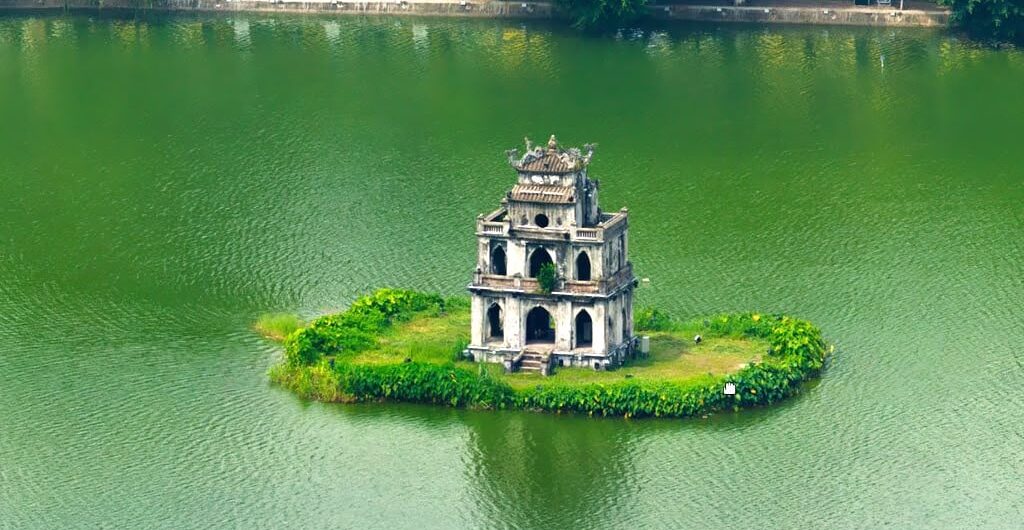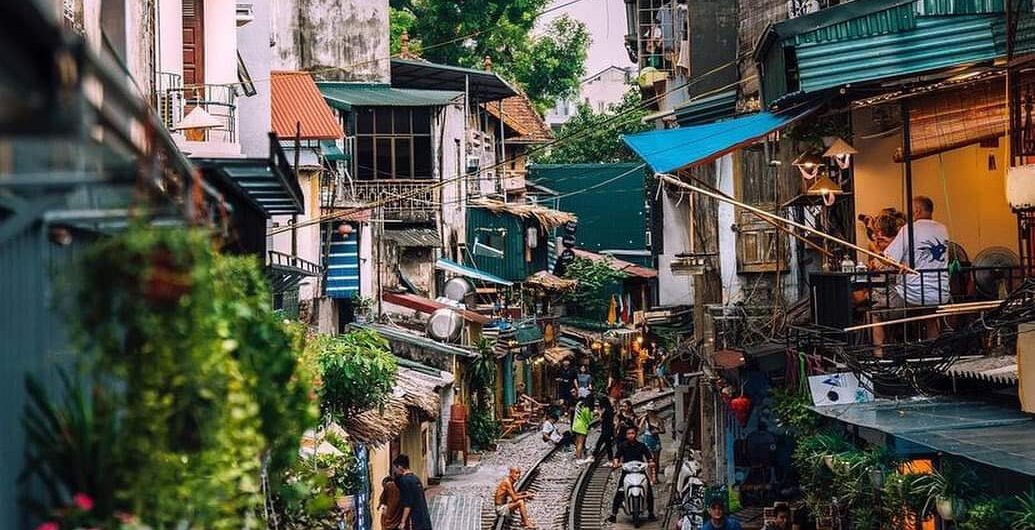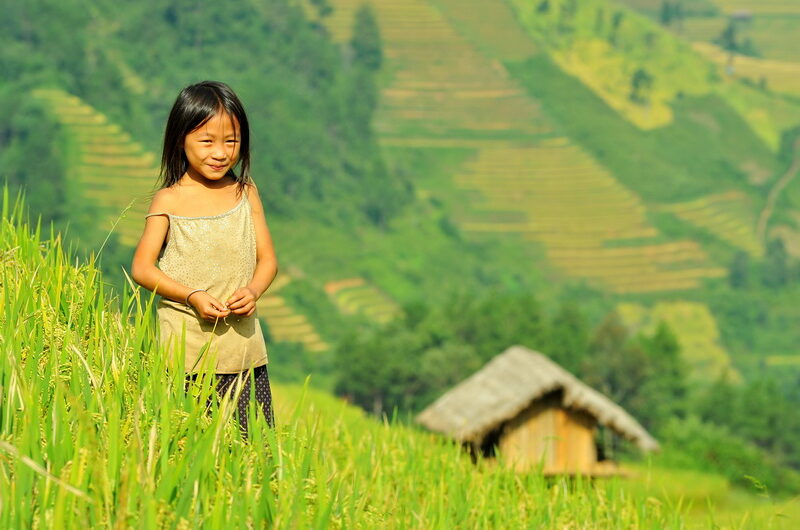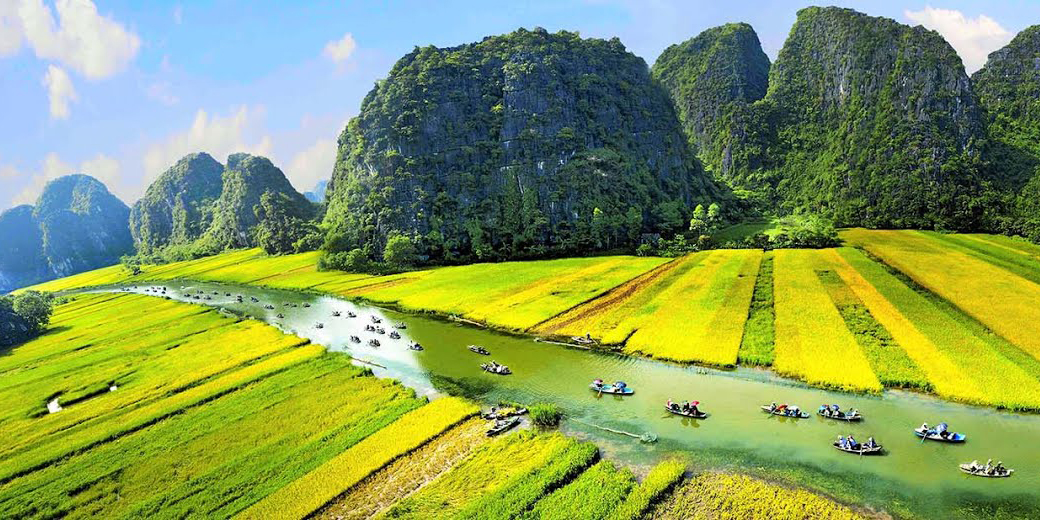On November 1, 2024, the Vietnam Military History Museum will officially open to the public at its new location: Km 6+500, Thang Long Avenue, Tay Mo, Dai Mo, Nam Tu Liem District, Hanoi. To celebrate this, admission will be free for all visitors until the end of December 2024.
The Vietnam Military History Museum, previously located at 28A Dien Bien Phu Street, Ba Dinh District, Hanoi, will cease operations at its old site on September 30, 2024. Starting from October 1, 2024, the museum will welcome visitors to preview the new site before its grand opening in November.
Where is the New Vietnam Military History Museum Located?
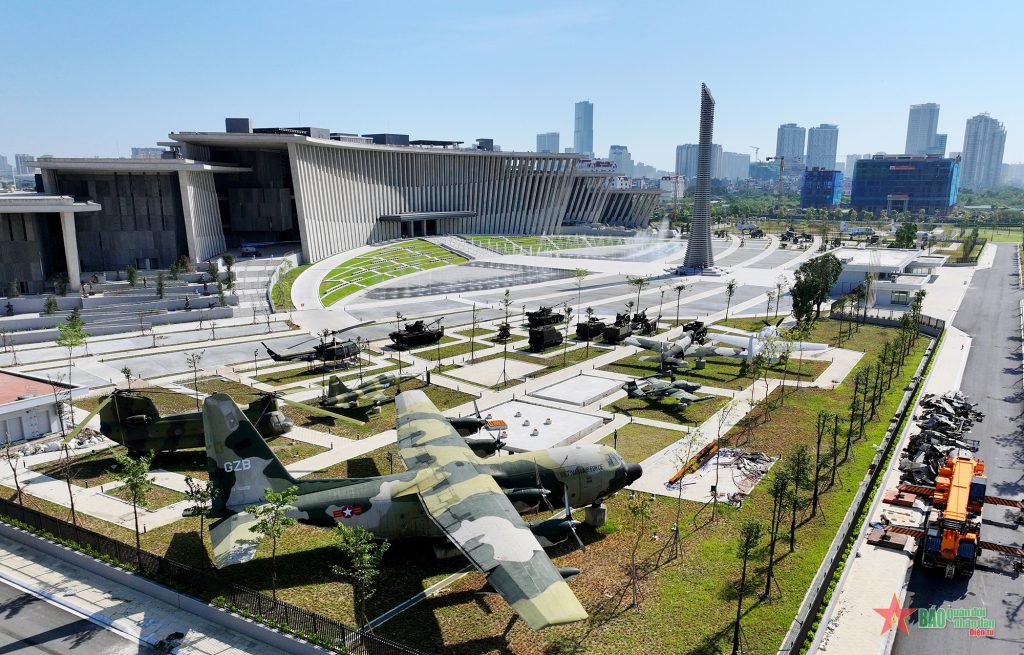
The new address for the Vietnam Military History Museum is Km 6+500, Thang Long Avenue, Tay Mo, Dai Mo, Nam Tu Liem District, Hanoi. The official grand opening will be held on November 1, 2024, and free admission will be available until the end of December 2024.
For tour registrations and inquiries, visitors can contact the museum at 0246.253.1367.
How to Get to the Vietnam Military History Museum by Bus?
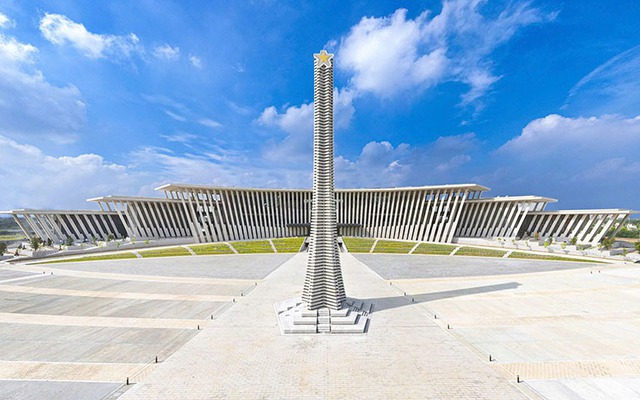
Several bus routes stop near the museum’s new location, including buses 71B (My Dinh Bus Station – Xuan Mai), 74 (My Dinh Bus Station – Xuan Khanh), 87 (My Dinh Bus Station – Quoc Oai – Xuan Mai), 88 (My Dinh Bus Station – Hoa Lac – Xuan Mai), 107 (Kim Ma – Vietnam National Village for Ethnic Culture and Tourism), 157 (My Dinh Bus Station – Son Tay Bus Station), E05 (Long Bien – Smart City), E07 (Long Bien – Smart City), and E09 (West Lake Water Park – Smart City), making it easily accessible for visitors traveling by public transportation.
The newly built museum features modern design and interactive spaces where visitors can engage with the exhibits and experience Vietnam’s military history in an immersive way.
Overview of the Vietnam Military History Museum’s New Location
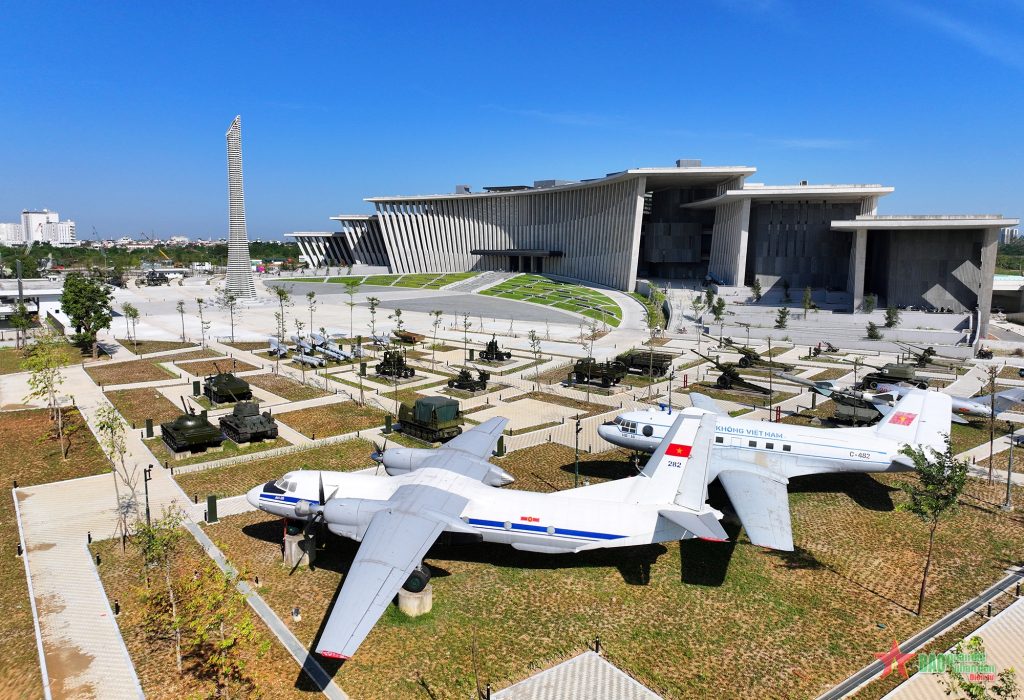
The new museum was built with funding from the Ministry of Defense on a vast 386,600 square meters of land across two wards: Tay Mo and Dai Mo in Nam Tu Liem District, Hanoi. The museum houses over 150,000 artifacts, including four national treasures and numerous valuable historical items.
The modern design of the museum goes beyond a simple exhibition of war history. It offers an engaging and interactive environment where visitors can learn about the heroic struggles of the Vietnam People’s Army for national independence. The museum employs advanced exhibition methods, including 3D mapping models, touchscreen information panels, media archives, automatic audio guides, and QR codes that provide details about the artifacts, images, and over 60 video clips highlighting key battles, campaigns, and historical figures.
Phase one of the museum’s construction is now complete, and the team is working on final adjustments and improvements before the official opening to the public on November 1, 2024.
What’s Special About the New Museum?
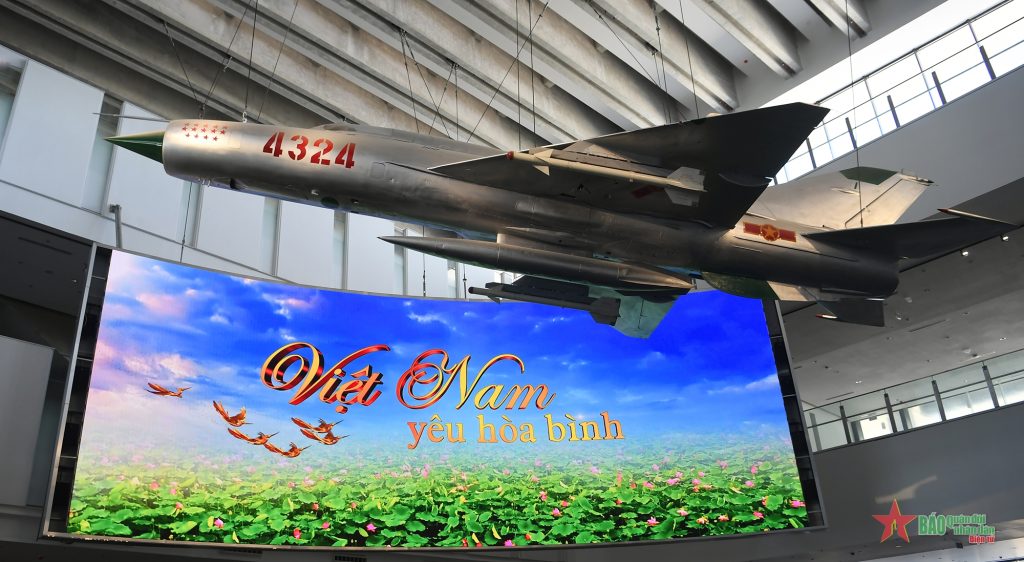
The new Vietnam Military History Museum complex features a striking Victory Tower, standing 45 meters tall in the front courtyard. The main building consists of four above-ground floors and one basement floor, covering a total area of 23,198 square meters, with a total floor space of 64,640 square meters and a height of 35.8 meters.
Outdoor exhibits are displayed in two wings. On the left, visitors can see weapons and equipment used by the Vietnamese army and people during the wars against French and American invaders, as well as during the training and readiness phases of Vietnam’s post-war military development. Notable items include the 85mm artillery, 57mm anti-aircraft guns, PT67 tanks, MiG 17 (No. 2047), and SU22 aircraft.
On the right, the museum showcases weapons and equipment used by the French and American forces during their wars of invasion in Vietnam. Highlights include various artillery pieces, infantry fighting vehicles, and tanks. Notably, the exhibit features the M-107 self-propelled gun, known as the “King of the Battlefield,” alongside numerous American aircraft such as the A37, F5E, CH47, and C130, as well as dozens of bombs used by the U.S. military during the Vietnam War.
A symbolic display of Vietnam’s desire for peace is located in the wings of the building, where green branches and doves emerge from the wreckage of planes. This exhibit conveys Vietnam’s message of peace and reflects the country’s historical understanding of the value of peace, as shared with nations worldwide. The exhibit includes a globe and mirrors representing the history of Vietnam’s struggle for independence and sovereignty, from the era of the Hung Kings to the 20th century, showing the Vietnamese people’s desire for peace and their sacrifices to achieve national freedom and prosperity.
Iconic Displays Inside the Museum
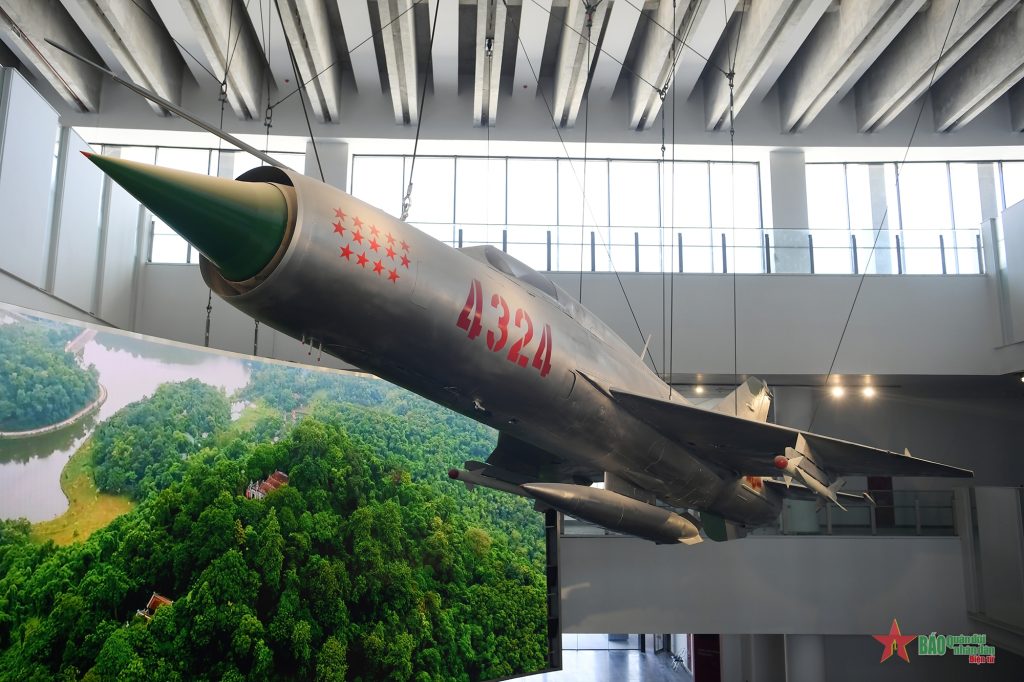
One of the most striking exhibits in the main hall is the MiG-21 “Silver Swallow” (No. 4324). This giant aircraft is suspended from cables, creating the illusion of soaring into the sky to defend the nation. A large LED screen complements the exhibit, showcasing the beauty of Vietnam and providing information about the country’s history, culture, and military traditions.
The MiG-21, with its 14 red stars symbolizing the 14 U.S. aircraft it shot down, is a national treasure. During the Vietnam War, nine pilots flew the “Silver Swallow” 4324 in 69 missions, encountering enemy aircraft 22 times and engaging in 16 aerial combats. This aircraft was officially recognized as a National Treasure by the Vietnamese government on January 14, 2015.
Thematic Exhibition Spaces
Inside the new Vietnam Military History Museum, the ground floor is divided into six main thematic areas:
- The Early Days of Nation-Building and Defense
- Defense of Independence (939-1858)
- Resistance Against French Colonialism and National Independence (1858-1945)
- Resistance Against French Colonialism (1945-1954)
- Resistance Against U.S. Imperialism (1954-1975)
- Nation Building and Defense (1976-Present)



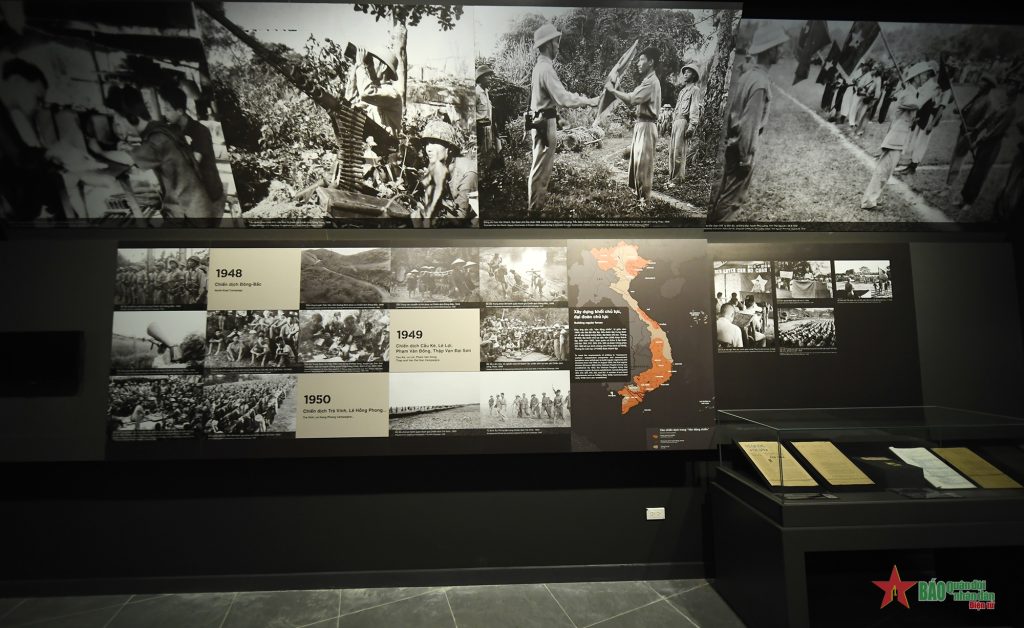
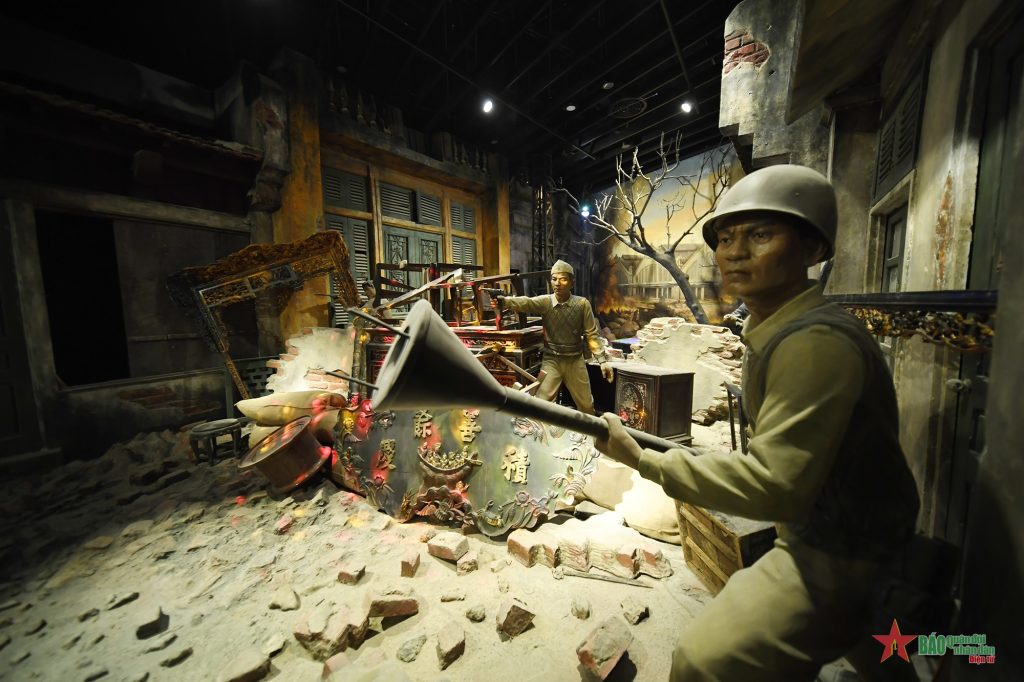

Each theme is arranged chronologically, with exhibits accompanied by detailed explanations, event information, and a diverse range of presentation formats, including text, touchscreen information panels, photos, automatic audio guides, and QR codes for artifact and image details.
One of the most vivid displays is in the section dedicated to the resistance against French colonialism. It includes life-sized dioramas recreating scenes from Hanoi during the 60-day battle to defend the capital after President Ho Chi Minh’s call for a nationwide resistance.
Artifacts of Historical Significance

The museum showcases many significant artifacts, such as a 105mm howitzer from Company 806, originally manufactured in the U.S. and used by French forces. This artillery piece was captured by the Vietnamese army during the Nghia Lo battle in the Northwest campaign of 1952. It was also used in the historic Dien Bien Phu campaign, which marked the beginning of the French defeat in Vietnam.
Another iconic exhibit is the Hien Luong Bridge, which symbolizes the division between North and South Vietnam during the war and the country’s eventual reunification after the American war.
In the section dedicated to the resistance against the U.S., the museum displays a MiG-21 (No. 5121), along with anti-aircraft systems that contributed to the Vietnamese victory during the “Dien Bien Phu in the Air” campaign in December 1972. This plane was piloted by General Pham Tuan, who shot down a B-52 bomber on December 27, 1972. It is a part of the collection honoring Vietnam’s victories over the U.S. forces.
Multimedia and Interactive Exhibits
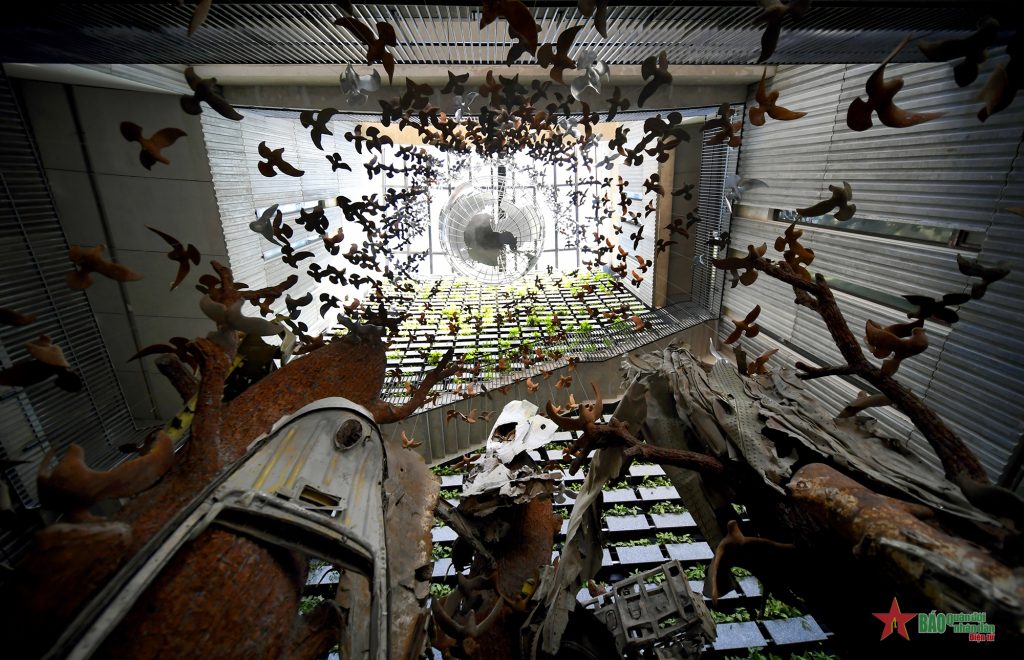
The museum features multimedia displays with high-tech projection screens, films, diagrams, models, and maps illustrating key battles and campaigns, such as the Dien Bien Phu campaign (1954) and the Ho Chi Minh campaign (1975).
A T-54B tank that played a key role in the liberation of Hue and Da Nang, and later in the Ho Chi Minh campaign, is also on display. On April 30, 1975, this tank led the charge into Saigon, and its commander, Bui Quang Than, raised the flag over the Independence Palace.
Conclusion for New Vietnam Military History Museum
The Vietnam Military History Museum offers a vast and detailed exploration of Vietnam’s military history, providing visitors with a comprehensive look at the nation’s heroic past through artifacts, multimedia displays, and interactive experiences. The museum is currently open for pre-arranged tours by experts in the museum field, and the general public is invited to visit starting on November 1, 2024.


